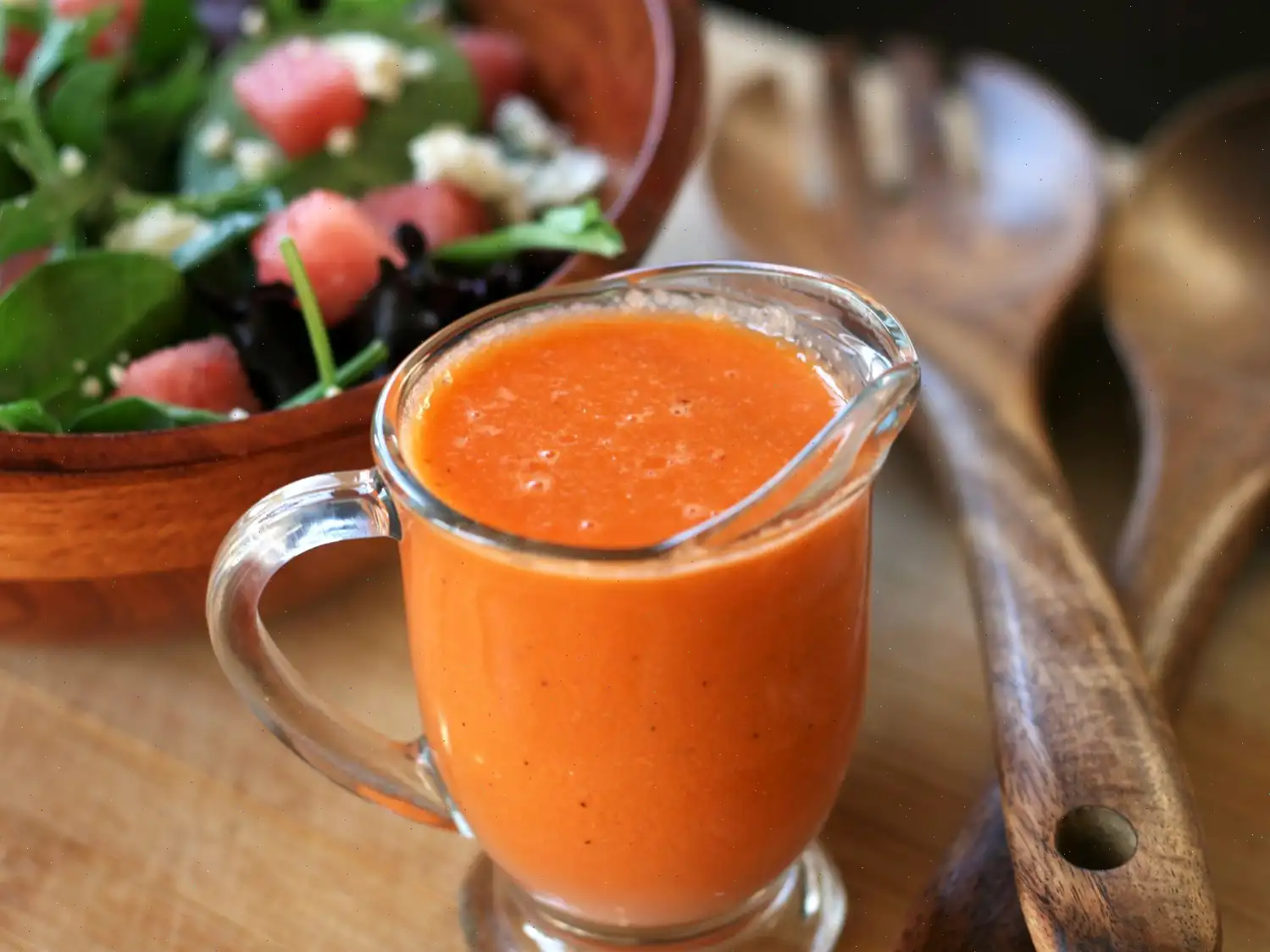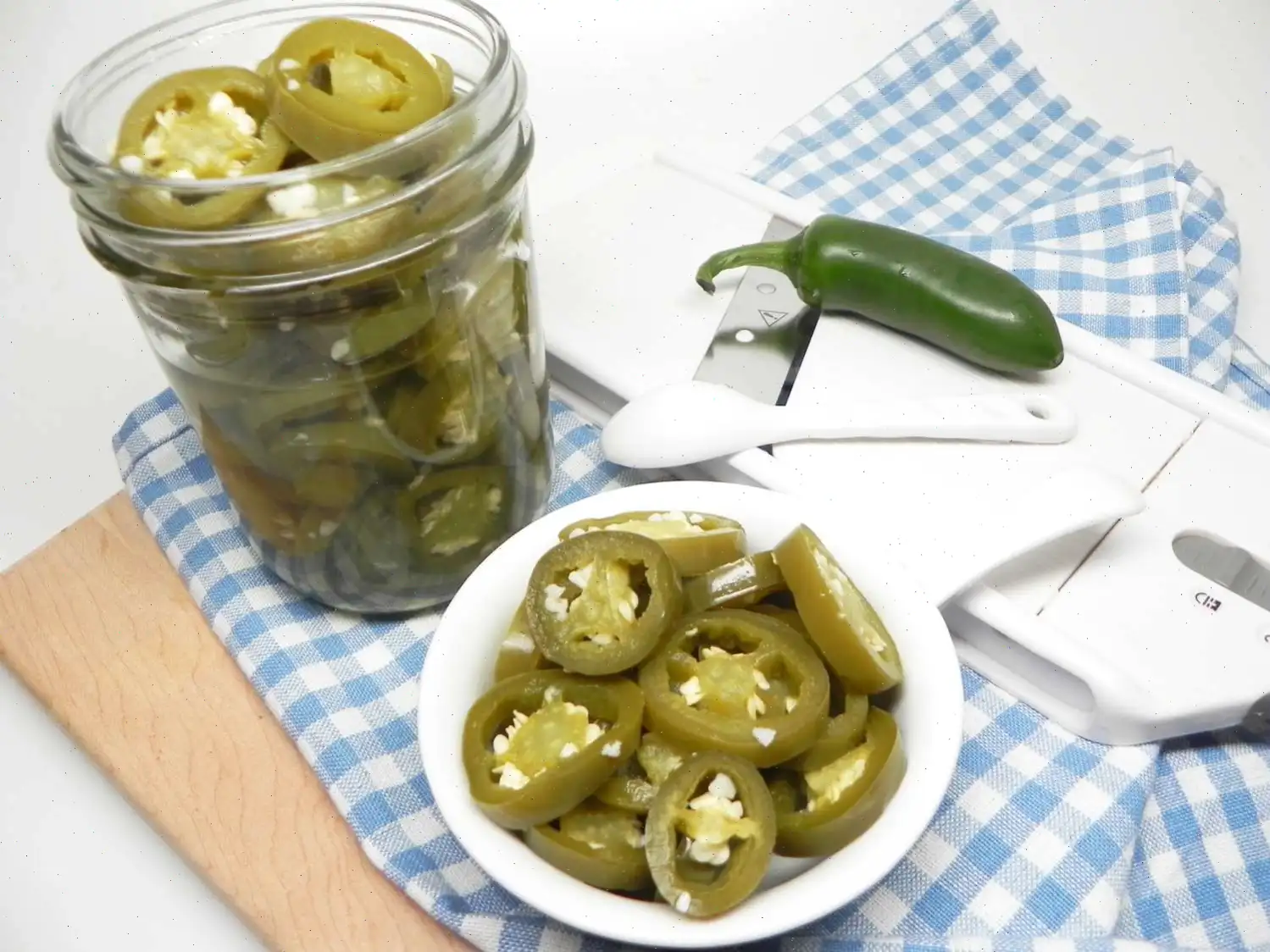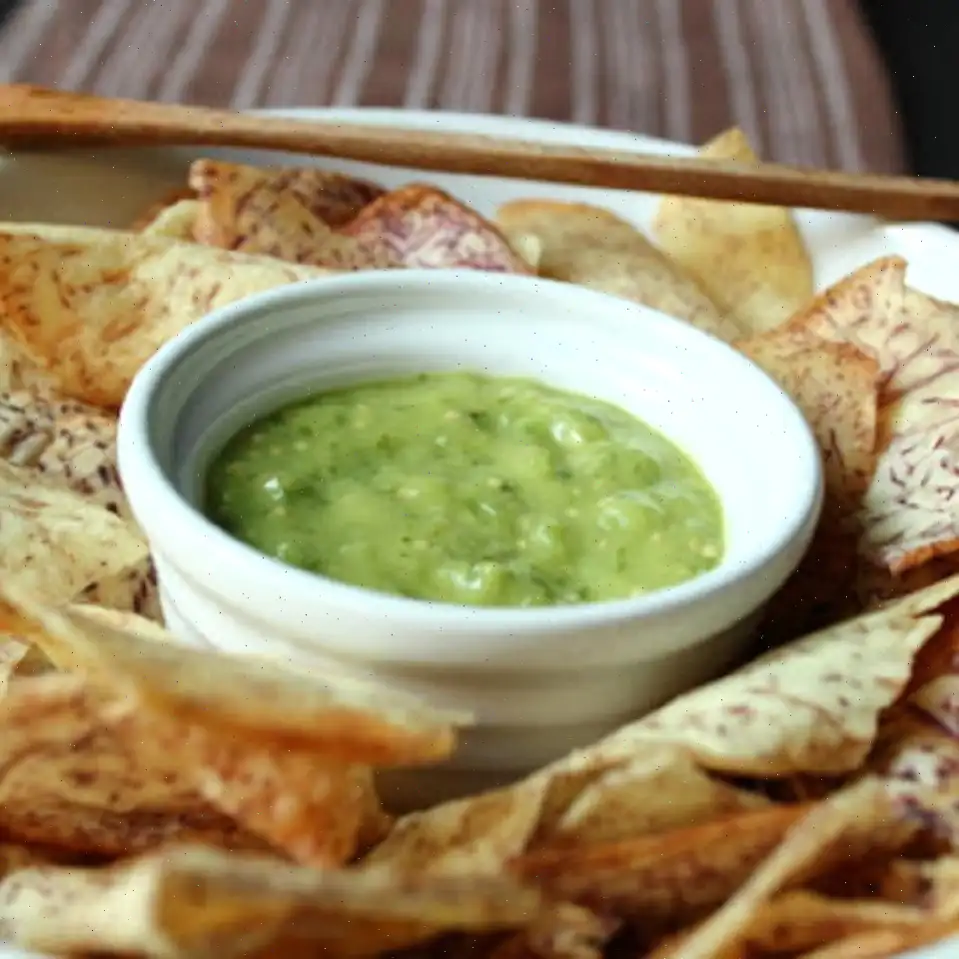
Watermelon Vinaigrette Recipe
Ingredients:
- 3/4 cup watermelon chunks
- 3 tablespoons white wine vinegar
- 3 tablespoons extra-virgin olive oil
- 2 teaspoons minced shallot
- 2 teaspoons honey
- 1/2 teaspoon granulated garlic
- Salt and freshly ground black pepper to taste
Directions:
- Place watermelon, white wine vinegar, extra-virgin olive oil, minced shallot, honey, and granulated garlic into a mini food processor or small blender jar.
- Blend on high speed for about 20 seconds, or until the mixture is smooth.
- Season with salt and freshly ground black pepper to taste.
Nutrition Facts (per serving):
| Calories | 57 |
| Total Fat | 5g |
| Saturated Fat | 1g |
| Cholesterol | 0mg |
| Sodium | 38mg |
| Total Carbohydrate | 3g |
| Dietary Fiber | 0g |
| Total Sugars | 2g |
| Protein | 0g |
| Vitamin C | 1mg |
| Calcium | 2mg |
| Iron | 0mg |
| Potassium | 23mg |
* Percent Daily Values are based on a 2,000 calorie diet. Your daily values may be higher or lower depending on your calorie needs.
** Nutrient information is not available for all ingredients. Amount is based on available nutrient data.
Watermelon vinaigrette is a vibrant and refreshing twist on traditional salad dressings. Combining the natural sweetness of fresh watermelon with the tanginess of vinegar, it creates a perfect balance that enhances any salad, particularly during the warmer months. This unique vinaigrette recipe features ingredients that are both familiar and surprising, such as honey, garlic, and shallots, which bring out the flavors of the watermelon without overpowering it.
History and Origins
The watermelon vinaigrette, like many modern vinaigrettes, likely has its roots in the Mediterranean region, where simple combinations of vinegar, oil, and fresh fruits have been used to create light, flavorful dressings for centuries. However, the addition of watermelon as a base for vinaigrette is a more recent innovation, particularly within the realm of contemporary American cuisine. It has become popular as a summer dressing, taking advantage of watermelons peak season during the hot months. The idea of using fruits like watermelon in dressings aligns with a growing interest in using fresh, seasonal produce in innovative ways to enhance meals.
Regional Variations
While watermelon vinaigrette is most commonly associated with American summer cuisine, the concept of blending fruits with vinegar to make dressings can be traced back to European traditions. In countries such as Italy and France, fruit-based vinaigrettes are often used to complement fresh salads and cold dishes. In the U.S., watermelon vinaigrette is particularly popular in regions where watermelons are abundant, such as the southern states. These areas often feature watermelon in a variety of culinary applications, from refreshing beverages to savory side dishes.
Differences from Similar Dishes
What sets watermelon vinaigrette apart from other fruit-based dressings is its ability to maintain the balance of sweet and savory flavors without becoming overly sugary. While other fruit vinaigrettes, like those made with strawberries or mangoes, can lean more towards the sweet side, watermelons mild flavor and high water content make it a great base for a light and refreshing vinaigrette. The inclusion of shallots, garlic, and vinegar also adds depth, creating a more complex and well-rounded dressing than other fruit vinaigrettes.
Where to Serve Watermelon Vinaigrette
Watermelon vinaigrette is ideal for summer salads, especially those that feature crisp greens like arugula, spinach, or mixed lettuces. It pairs beautifully with salads containing ingredients like feta cheese, cucumber, or avocado, where the freshness of the watermelon can complement the creaminess of the avocado or the tang of the feta. It is also a great topping for grilled chicken or seafood salads, adding a burst of color and flavor. In addition to salads, watermelon vinaigrette can be used as a refreshing drizzle for grilled vegetables or as a dipping sauce for bread and cheese platters at a summer picnic or outdoor gathering.
Fun Facts About Watermelon Vinaigrette
- Watermelon is made up of 92% water, which is why it creates such a refreshing and hydrating vinaigrette.
- The first recorded cultivation of watermelon dates back over 5,000 years in Egypt, where it was prized for its ability to provide hydration in the hot desert climate.
- Unlike most fruit-based dressings, watermelon vinaigrette has a surprisingly low sugar content, making it a healthier alternative to heavier, store-bought dressings.
- Watermelon vinaigrette is naturally vegan and gluten-free, making it a versatile option for various dietary preferences.
Whether you're looking for a new salad dressing to serve at your next barbecue or just want to try something different with your summer meals, watermelon vinaigrette is a must-try. Its fresh and vibrant flavor can elevate any dish while keeping things light and refreshing.
You can listen to this recipe in AI audio format. Simply click the play button below to listen to the content in a format that suits you best. It’s a great way to absorb information on the go!








